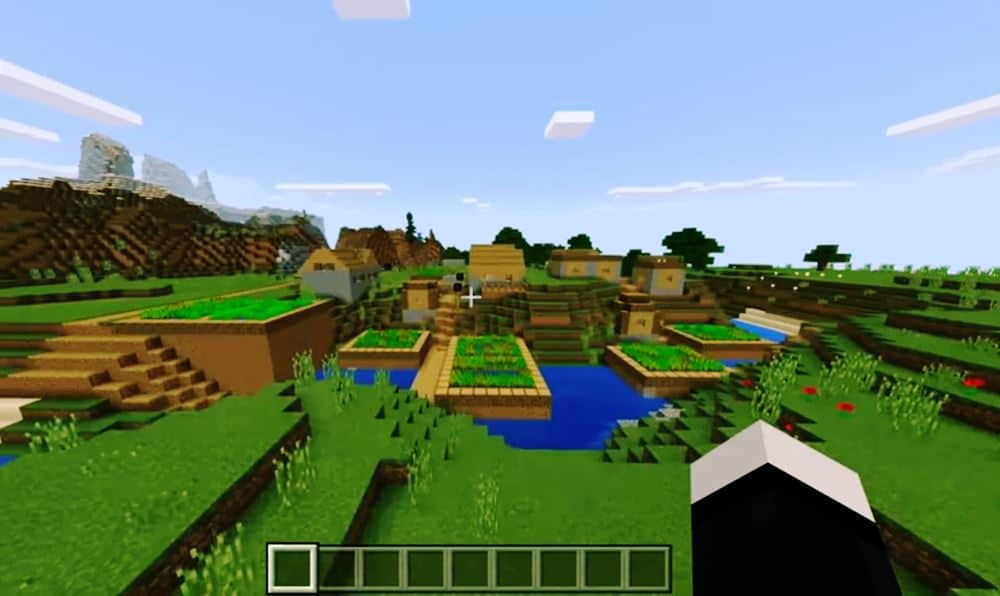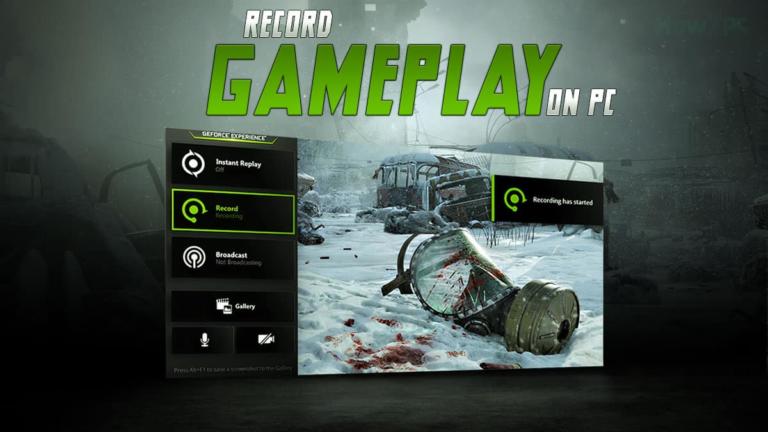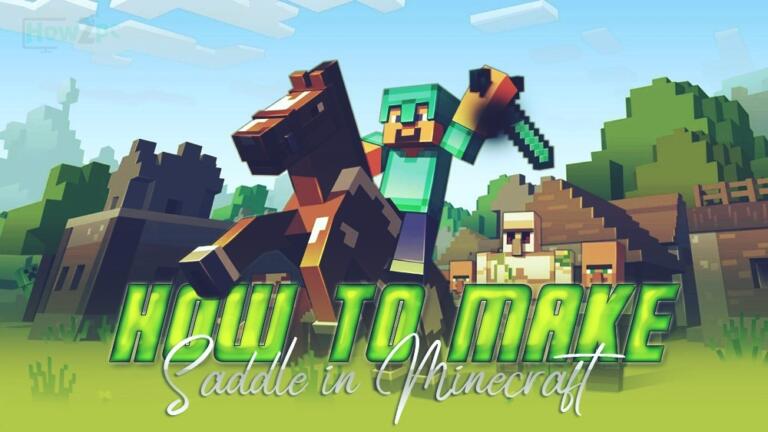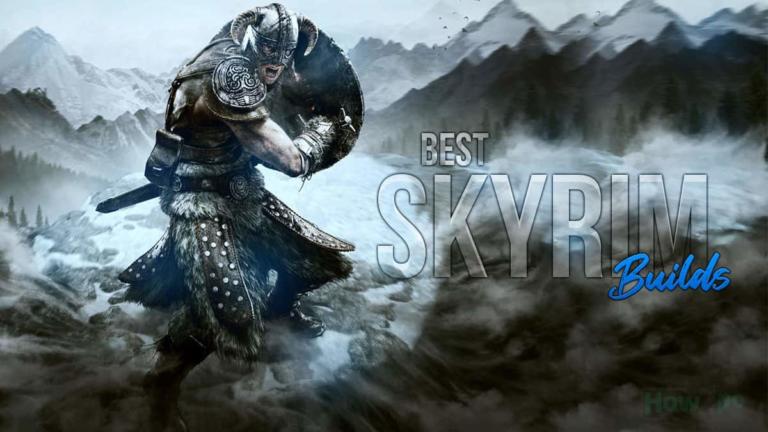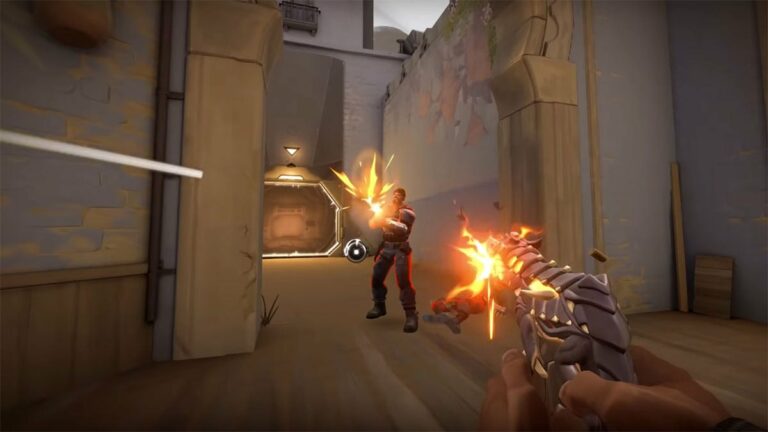Minecraft may look simple, but under its pixelated charm hides one of the most deceptively demanding sandbox games ever made. Many players assume that because it’s made of blocks, it should run on anything. In reality, Minecraft can strain even a high-end PC when pushed with modern shaders, large modpacks, or massive player-built worlds.
Unlike most mainstream titles, its performance depends far more on CPU and memory efficiency than raw GPU power. The game’s own hardware recommendations for the Java Edition list an Intel Core i5-4690 or AMD A10-7800 processor, at least 8 GB of RAM, and a dedicated graphics card supporting OpenGL 4.5 — modest on paper, but easily surpassed once heavy mods or shaders enter the picture.
Key Takeaways
Minecraft, despite its simple appearance, demands significant CPU and memory resources, especially with modern shaders and large modpacks, making it a challenging game for even high-end PCs.
- Minecraft’s performance hinges on CPU and memory efficiency rather than GPU power, requiring processors like Intel Core i5-4690 or AMD A10-7800 and at least 8 GB of RAM.
- Adjusting memory allocation in modded versions of Minecraft can improve performance, but excessive memory can cause garbage collection issues and stutters.
- Dedicated servers provide smoother multiplayer experiences by isolating hardware resources, reducing lag and crashes, and offering consistent uptime.
Inside Minecraft’s performance demands
Few games handle so many active calculations at once. Every block, entity, and biome is processed in real time, forcing the system to juggle thousands of tiny tasks behind the scenes.
The game’s Java engine amplifies this challenge, using a single processing thread for much of its workload. That means even a graphics card like the RTX 4080 won’t help much if the processor can’t keep up. What really counts is single-core speed and sufficient RAM to feed it.
Allocating more memory often improves performance, especially in modded versions. The default setup limits Minecraft to a conservative slice of system RAM, which can lead to frame drops or slow chunk loading.
Adjusting that allocation gives the game more breathing room, reducing lag spikes. However, overdoing it can backfire by overloading garbage collection and causing stutters. Expert players recommend finding a middle ground, typically between four and eight gigabytes, depending on mods and resource packs.
Keeping performance temperatures down
Hardware cooling also matters more than most realize. Long sessions generate constant CPU load as the game recalculates terrain and AI behavior. If the processor overheats, it throttles speed to stay safe, which can instantly drag performance down.
A clean case, reliable thermal paste, and efficient airflow can make as much difference as an expensive component upgrade. Minecraft may not push a GPU to its limit, but it can keep a CPU busy enough to heat up fast.
Graphical improvements are a double-edged sword. Popular shader packs like BSL, SEUS, and Complementary Shaders can make Minecraft stunning, turning flat sunlight into dynamic rays and giving water near-photorealistic reflections.
These enhancements come at a cost. Frame rates can plummet without a capable GPU and sufficient cooling. Still, the visual payoff often feels worth the hardware strain, especially on systems with mid- to high-tier graphics cards.
Smoother worlds with hosting
The multiplayer side brings another layer of complexity. Running a shared world from a standard PC splits resources between the game client and hosting tasks, slowing both. Dedicated Minecraft servers, on the other hand, offer full hardware control, isolated performance, and greater stability.
Hosting on a dedicated machine means the CPU, RAM, and bandwidth are reserved exclusively for the world, eliminating the lag and connection drops that occur on shared or home-hosted setups. Players gain faster chunk generation, smoother gameplay for everyone online, and the freedom to install custom mods or plugins without worrying about crashes.
It also allows consistent uptime — worlds stay online 24/7, even when the host logs off. For streamers, creators, or communities managing large builds, the difference is immediate: fewer interruptions, faster response times, and long-term reliability that makes every session seamless.
Modern specs, timeless gameplay
Minecraft’s longevity comes from that balance between creativity and complexity. It runs fine on modest setups, but to truly experience the game at its best — with smooth frame rates, dynamic lighting, and large-scale builds — modern specs are worth the investment. A fast CPU, adequate RAM, and good cooling create the foundation for a seamless experience.
With over 200 million monthly players worldwide, Minecraft continues to prove that performance isn’t just about photorealism. It’s about how far a simple world of cubes can go when powered by the right machine.

